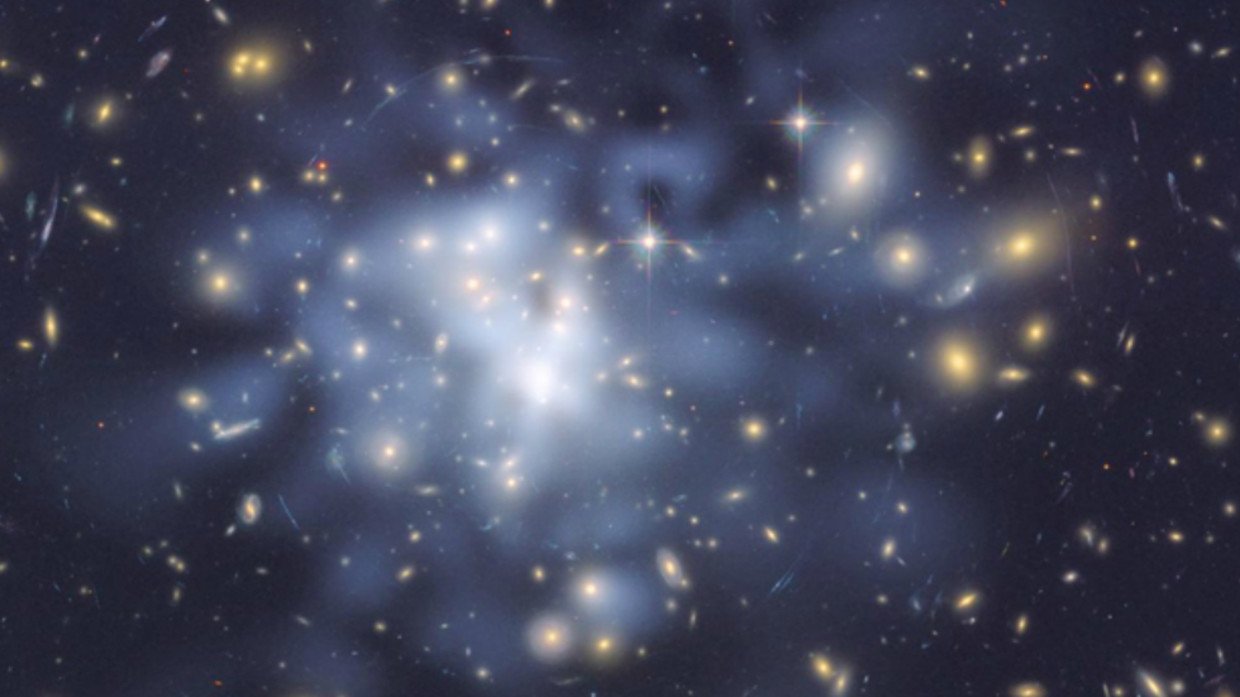Hungarian researchers may have detected a new, fifth force of nature which could finally solve one of the greatest mysteries of the universe, namely the existence and nature of dark matter.
The universe is governed by four fundamental forces: Gravitational force, Weak Nuclear force, Electromagnetic force and Strong Nuclear force. However, a fifth force has long been rumored to exist, scientists just couldn’t prove it. Until now. Maybe.
A new study by Attila Krasznahorkay and his colleagues from the Institute for Nuclear Research in Hungary reveals that they spotted what they suspected might be a new type of boson in the decay of an isotope of beryllium in 2016.
Also on rt.com Thrown for a loop: Paradigm-shifting study claims universe is a closed ring, not flatBeryllium-8 emits light as it decays and, if the light emitted proves strong enough, it fires out both an electron and a positron which repel each other at a predictable angle. Based on our current understanding of physics, and more specifically the law of conservation of energy, as the energy the light increases, the ‘predictable’ angle should decrease. Not so, however.
The team witnessed an unexpected rise in the number of the two atomic particles separating at an angle of 140 degrees, which didn’t conform to existing models and estimates, potentially indicating the existence of a completely new kind of fundamental boson.
Three of the four known fundamental forces have bosons that guide their attractive and repulsive forces, gravity is theoretically controlled by a hypothetical particle dubbed a ‘graviton’ but scientists have yet to detect and observe it.
Also on rt.com Planet X might just be a bowling-ball-sized black hole, researchers sayThe new boson couldn't be mistaken for one of its existing counterparts as it has a particularly distinctive mass – 17 megaelectronvolts (or roughly 33 times that of an electron). They also don't live very long, lasting just 10 to the minus 14 seconds.
The team wanted to replicate their theory of a possible fifth force governed by a new boson but shifted focus from beryllium to helium nuclei, in which pairs of electrons and positrons also separated at an angle that didn't align with current modelling (115 degrees).
By reverse-engineering their observations, the team posit that the helium's nucleus could also have produced a short-lived boson with a mass of roughly, you guessed it, 17 megaelectronvolts – hence its name name X17.
Also on rt.com Heart of darkness: Black holes may hide pure dark energy cores that are expanding the universeThe latest study is yet to be peer reviewed but the team's previous research was accepted by the journal Physical Review Letters.
Once their findings have been thoroughly pored over, we may finally have a solution to the long-standing and often bemusing problem of accounting for dark matter which makes up the vast majority of the universe and is believed to be responsible for some truly baffling behaviour among the stars.
Like this story? Share it with a friend!

